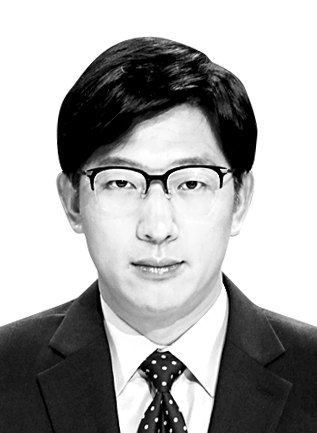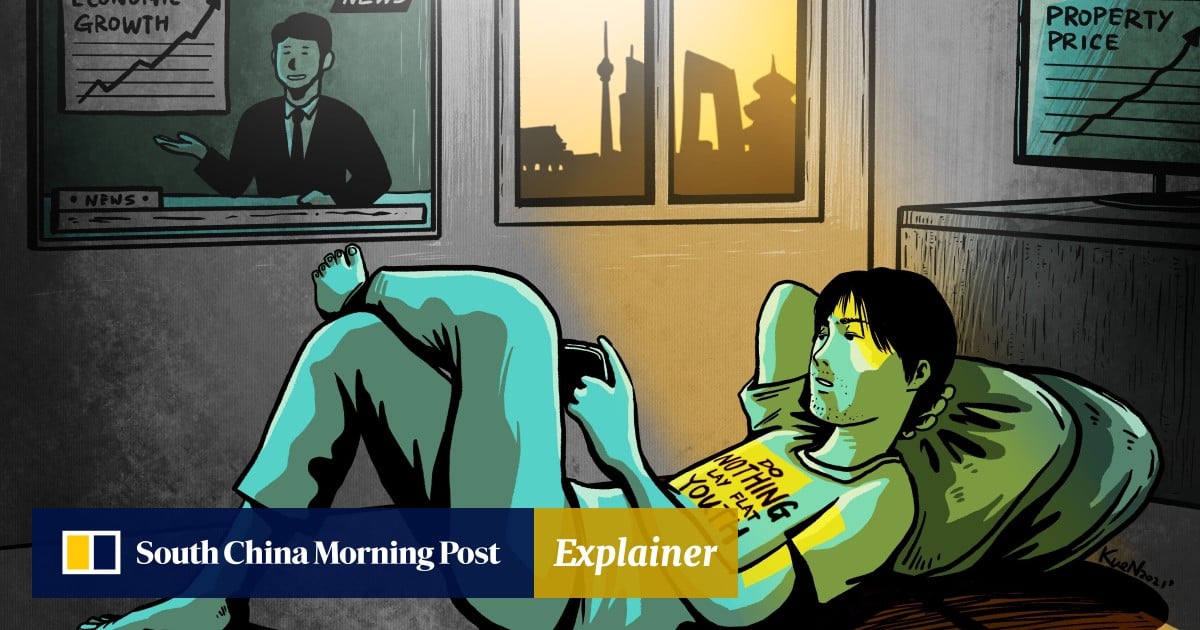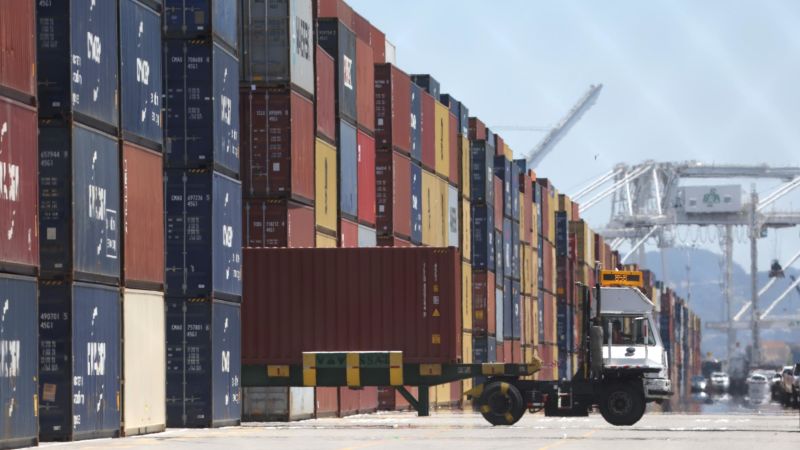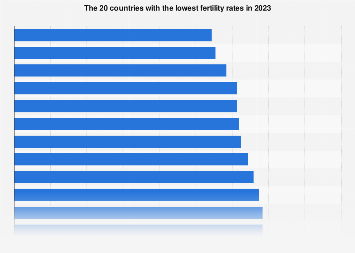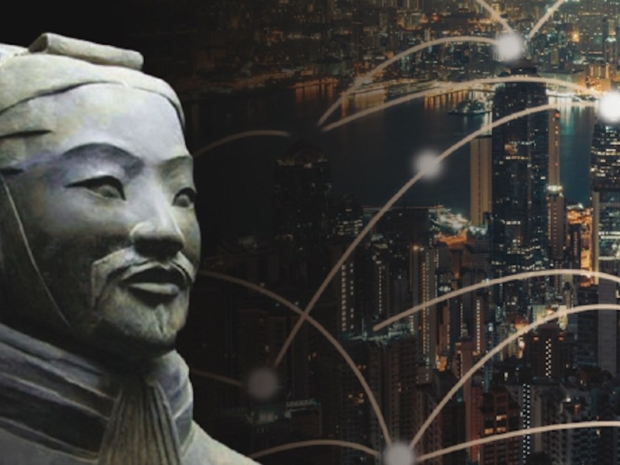US Sanctions Helped China Supercharge Its Chipmaking Industry
- Most of the world’s fastest-expanding chip firms are in China
- White House curbs on Huawei ignited demand for homemade chips
BEIJING (BLOOMBERG) - China's chip industry is growing faster than anywhere else in the world, after US sanctions on local champions from Huawei Technologies to Hikvision spurred appetite for home-grown components.
Nineteen of the world's 20 fastest-growing chip industry firms over the past four quarters, on average, hail from the world's No. 2 economy, according to data compiled by Bloomberg. That compared with just 8 at the same point last year.
Those China-based suppliers of design software, processors and gear vital to chipmaking are expanding revenue at several times the likes of global leaders Taiwan Semiconductor Manufacturing Co (TSMC) or ASML Holding NV.
That supercharged growth underscores how tensions between Washington and Beijing are transforming the global US$550 billion (S$760 billion) semiconductor industry - a sector that plays an outsized role in everything from defence to the advent of future technologies like AI and autonomous cars.
In 2020, the US began restricting sales of American technology to companies like Semiconductor Manufacturing International and Hangzhou Hikvision Digital Technology, successfully containing their growth - but also fuelling a boom in Chinese chip-making and supply.
While shares in the likes of Cambricon Technologies have more than doubled from lows this year, analysts say there may still be room to grow. Beijing is expected to orchestrate billions of dollars of investment in the sector under ambitious programmes such as its "Little Giants" blueprint to endorse and bankroll national tech champions, and encourage "buy China" tactics to sidestep US sanctions.
The rise of indigenous names has caught the attention of some of the pickiest clients: Apple was said to consider Yangtze Memory Technologies as its latest supplier of iPhone flash memory.
"The biggest underlying trend is China's quest for self-sufficiency in the supply chain, catalysed by Covid-related lockdowns," Morningstar analyst Phelix Lee wrote in an email responding to inquiries from Bloomberg News.
"Amid lockdowns, Chinese customers who mostly use imported semiconductors need to source homegrown alternatives to ensure smooth operations".
At the heart of Beijing's ambitions is the impetus to wean itself off a geopolitical rival and more than US$430 billion worth of imported chipsets in 2021. Orders for chip-manufacturing equipment from overseas suppliers rose 58 per cent last year as local plants expanded capacity, data provided by industry body Semi show.
That in turn is driving local business. Total sales from Chinese-based chipmakers and designers jumped 18 per cent in 2021 to a record of more than 1 trillion yuan (S$207 billion), according to the China Semiconductor Industry Association.
A persistent chip shortage that's curtailing output at the world's largest makers of cars and consumer electronics is also working in local chipmakers' favour, helping Chinese suppliers more easily access the international market - sometimes with premiums tacked onto the best-selling products, such as auto and PC chips.
SMIC and Hua Hong Semiconductor, the biggest contract chip makers, have kept their Shanghai-based plants operating at almost full capacity even as the worst Covid-19 outbreak since 2020 paralyses factories and logistics across China.
With local authorities' help, cargo flights from Japan delivered essential materials and gear to chip plants as the city went under lockdown. SMIC recently reported a 67 per cent surge in quarterly sales, outpacing far larger rivals GlobalFoundries and TSMC.
Shanghai Fullhan Microelectronics's revenue grew 37 per cent on average because of high demand for surveillance products. The video chip designer has pledged to expand into electric vehicles and AI after winning its "Little Giant" designation. And design tool developer Primarius Technologies doubled sales on average over the past four quarters, saying it's developed software that can be used in making 3-nanometer chips.
Putting aside long-term profitability concerns, Morningstar's Mr Lee said the aggressive capacity build-up from Chinese players will elevate their presence globally. "There's little doubt Chinese chipmakers can achieve revenue growth over the next few years from cars, consumer electronics and other devices," he said.



